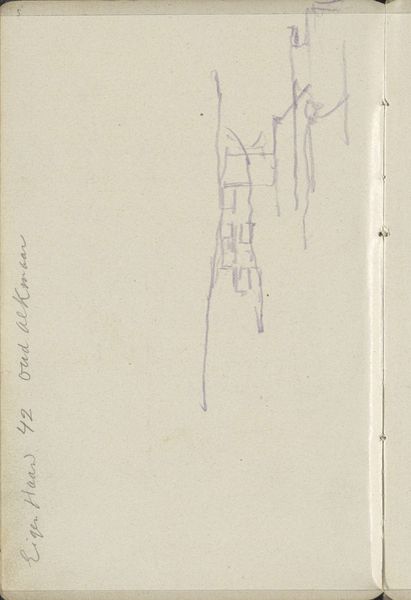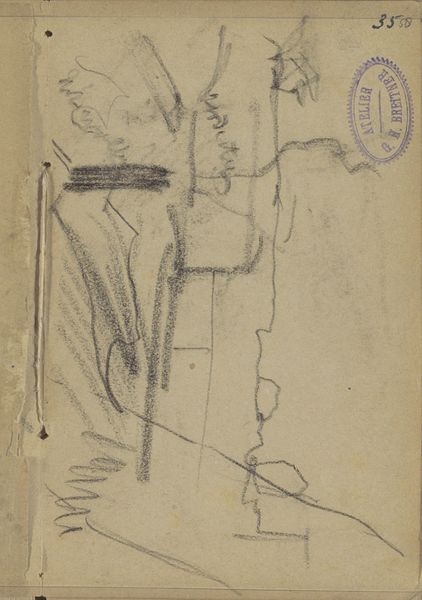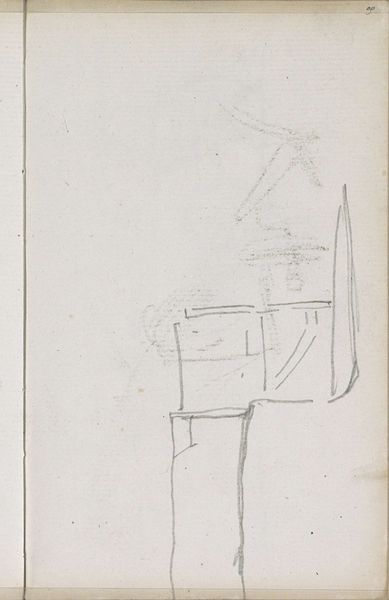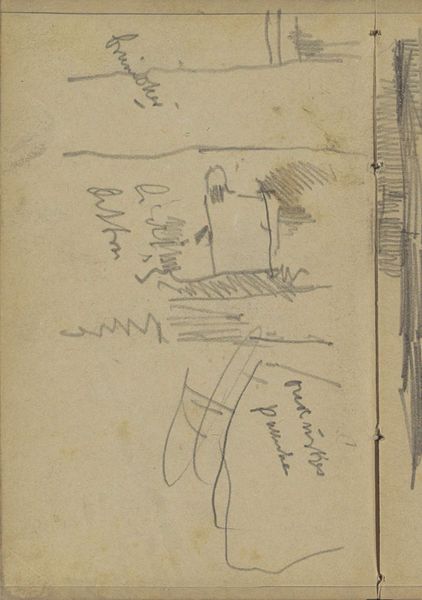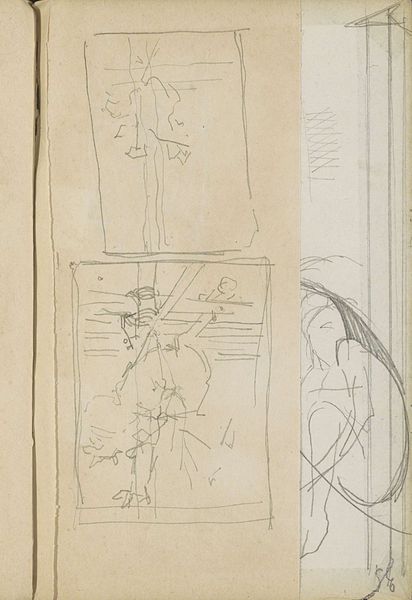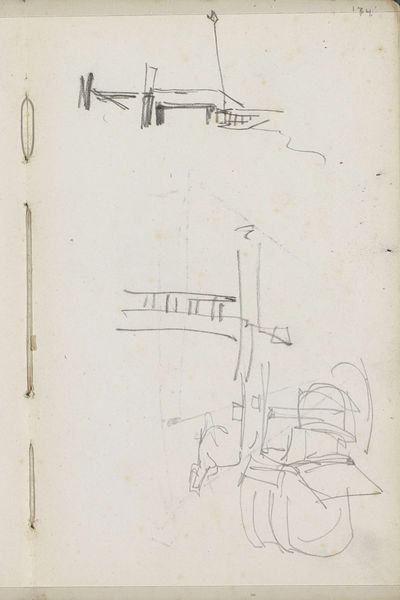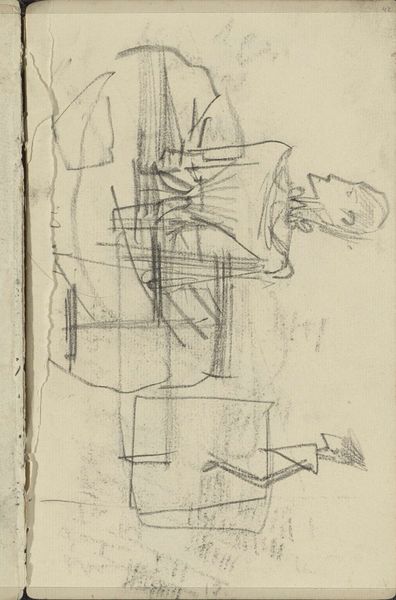
drawing, paper, pencil
#
portrait
#
drawing
#
figuration
#
paper
#
pencil
#
academic-art
Copyright: Rijks Museum: Open Domain
Curator: Today, we’re looking at "Two Female Figures, Possibly Mannequins, in Dresses," a pencil drawing on paper by George Clausen, dating from 1874. It is currently part of the museum’s collection of sketches. Editor: The first thing that strikes me is the delicacy of the lines. It’s so minimal, almost skeletal in its rendering, with such careful notations scribbled alongside the figures, offering dimensions. There's a definite ghostliness to it. Curator: That sparseness reflects Clausen’s academic art training at the time, heavily focused on draftsmanship as foundational to figure painting. But the choice of depicting, potentially, mannequins, removes some of the loaded symbolism usually present in figure drawing. Editor: Loaded indeed! You raise a key point about symbolism. By choosing mannequins, are we presented with a commentary on the idealization, or even commodification, of women? The rigid forms versus the flowing lines of the dresses create quite a contrast. Curator: It’s hard to definitively say. The prevalence of dressmaking as an industry might also play a part. Were these quick sketches used for mass production in local sweatshops, which employed predominantly women laborers? Editor: Perhaps. Considering just the composition, though, the repeated shape establishes a rhythm, but that is countered by the variation in dress. This creates visual interest that keeps us circling back and forth between the figures. Curator: And we cannot ignore the context of late 19th-century England: This piece offers a window into how gender and labor operated at that time, making it deeply meaningful within a social framework. It speaks to the cultural understanding of women's roles in society. Editor: Yes, indeed. What initially appears as a quick sketch unravels, revealing complex commentary through its form. It’s interesting how the formal qualities invite us to reflect on a world framed by historical factors. Curator: Absolutely. And, for me, situating it within the broader study of fashion and labor history truly enriches the viewer's experience, prompting a deeper understanding.
Comments
No comments
Be the first to comment and join the conversation on the ultimate creative platform.

